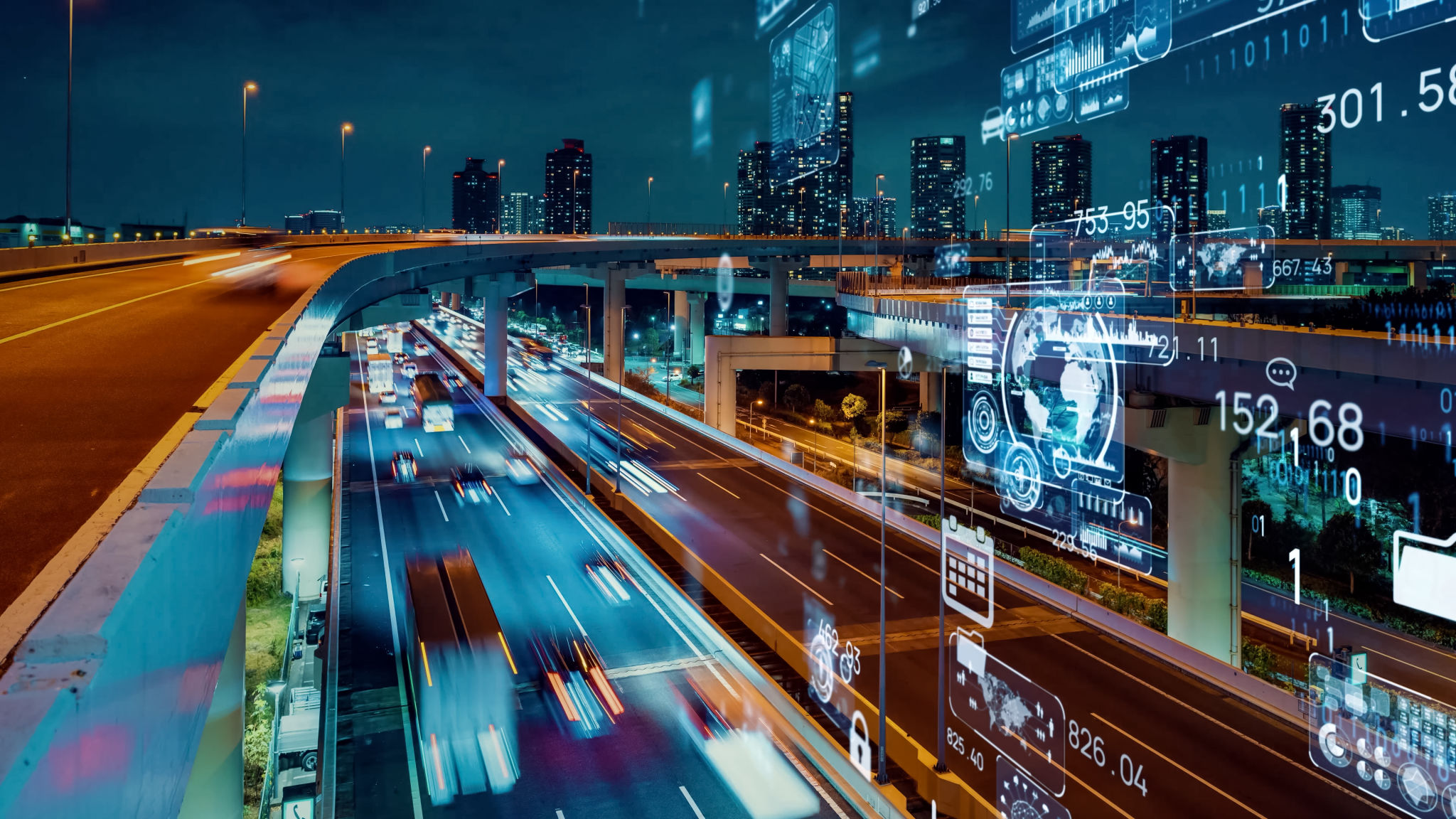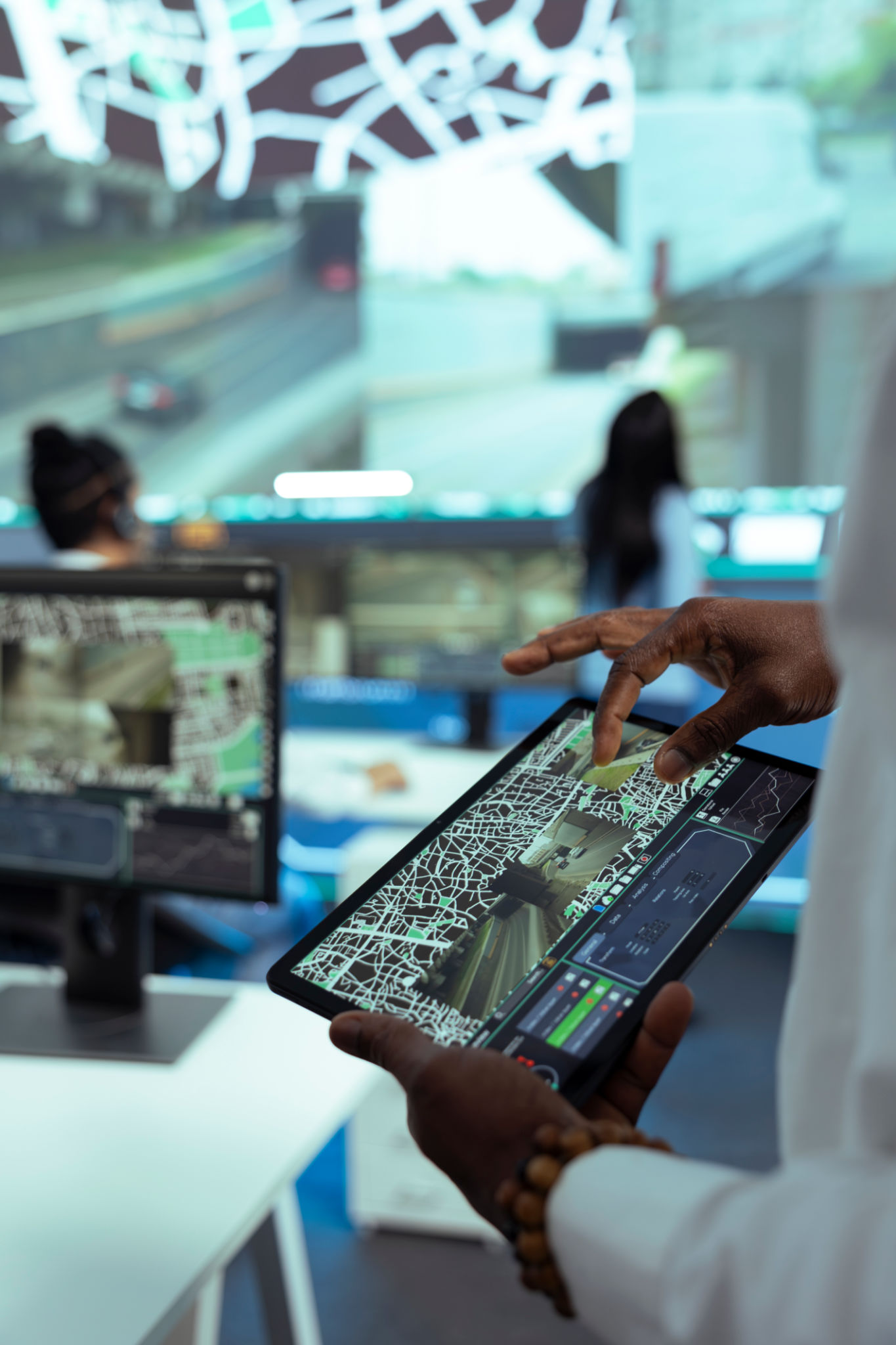Understanding Traffic Updates in Damascus: Real-Time Solutions and Their Impact
Introduction to Traffic Challenges in Damascus
As one of the oldest continuously inhabited cities in the world, Damascus faces unique challenges when it comes to managing traffic. With its narrow streets and a rapidly growing population, understanding and improving traffic flow is crucial for daily life in the city. Real-time traffic updates have become essential tools for residents to navigate the bustling streets more efficiently.
The implementation of innovative technologies and solutions is transforming how traffic is managed and experienced. These advancements not only enhance the daily commute but also contribute significantly to urban planning strategies.

The Role of Real-Time Traffic Solutions
Real-time traffic updates in Damascus are primarily delivered through mobile applications and digital platforms. These solutions utilize GPS data, sensors, and user feedback to provide accurate and up-to-date information about road conditions, congestion levels, and estimated travel times. This information helps commuters make informed decisions about their routes, potentially saving time and reducing stress.
By integrating real-time data with existing traffic management systems, authorities can respond more effectively to incidents such as accidents or road closures. This integration allows for quicker response times and better resource allocation, ultimately improving the overall flow of traffic in the city.

Key Benefits of Real-Time Traffic Updates
- Time Efficiency: Commuters can choose the fastest routes, avoiding congested areas.
- Improved Safety: Real-time alerts about accidents or hazardous conditions help drivers stay informed.
- Environmental Impact: Reducing idling time in traffic contributes to lower emissions and a healthier environment.
Technology Behind Traffic Updates
The backbone of real-time traffic updates in Damascus lies in advanced technologies such as machine learning algorithms and big data analytics. These technologies process vast amounts of data collected from various sources, including road sensors and user-reported incidents, to predict traffic patterns and provide accurate updates. Satellite imagery and AI also play a role in monitoring traffic flow and detecting bottlenecks.
The collaboration between public agencies and private tech companies has been instrumental in developing these cutting-edge solutions. This partnership ensures that the technology remains up-to-date and continues to meet the evolving needs of the city.

The Impact on Urban Planning
Real-time traffic updates have a significant impact on urban planning in Damascus. By analyzing traffic data, city planners can identify problem areas and develop strategies to alleviate congestion. This data-driven approach enables more efficient use of infrastructure and informs decisions on future developments.
Additionally, these insights help prioritize investments in public transportation systems, road expansions, and other infrastructure projects. With better planning and resource allocation, Damascus can enhance its transportation network and improve the quality of life for its residents.
The Future of Traffic Management in Damascus
As technology continues to evolve, the future of traffic management in Damascus looks promising. The integration of smart traffic systems and autonomous vehicles could further revolutionize how people navigate the city. These innovations aim to create a more seamless, efficient, and sustainable transportation experience for all.
Continued investment in technology and infrastructure is necessary to support these advancements and ensure that Damascus remains a vibrant, accessible city for residents and visitors alike.